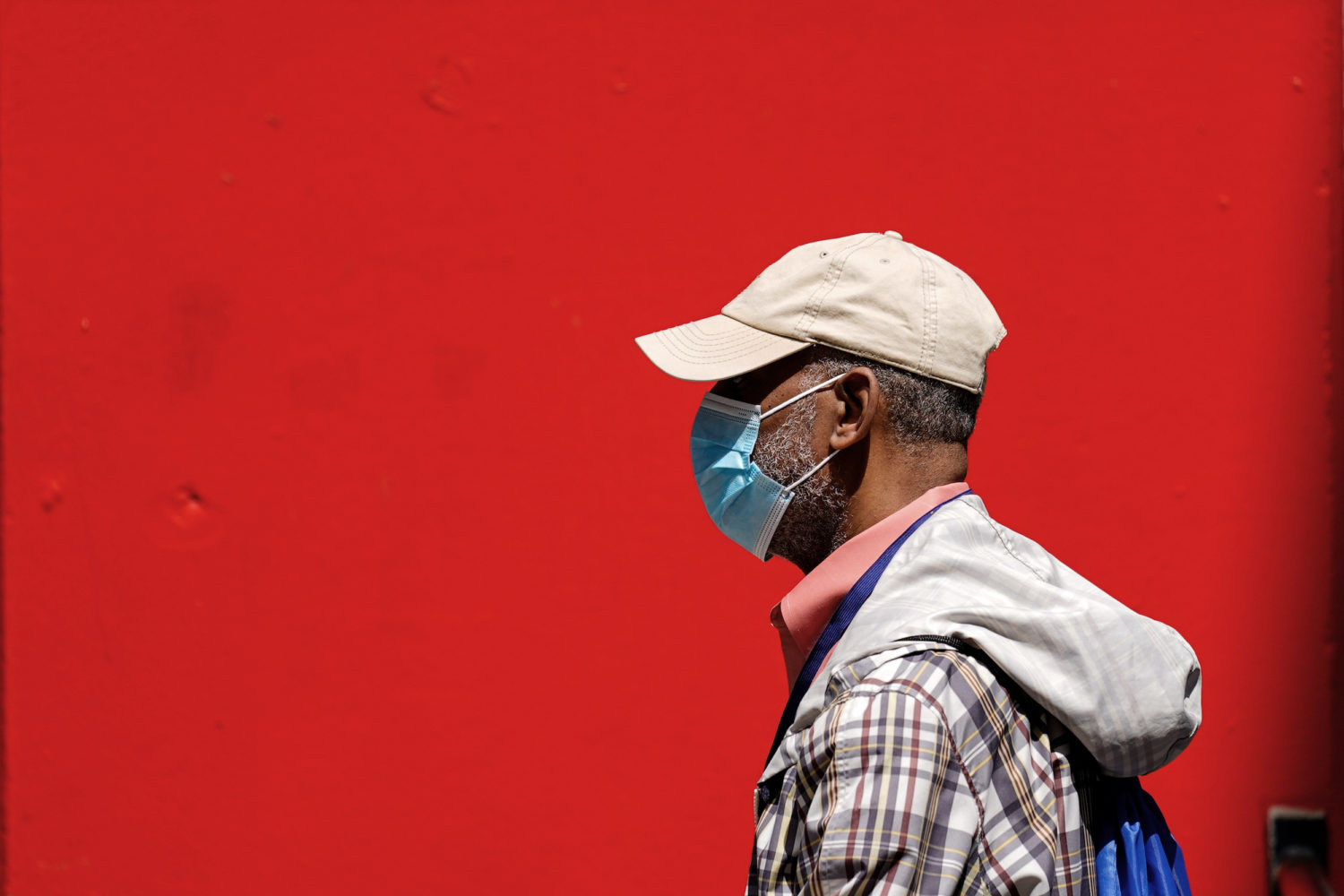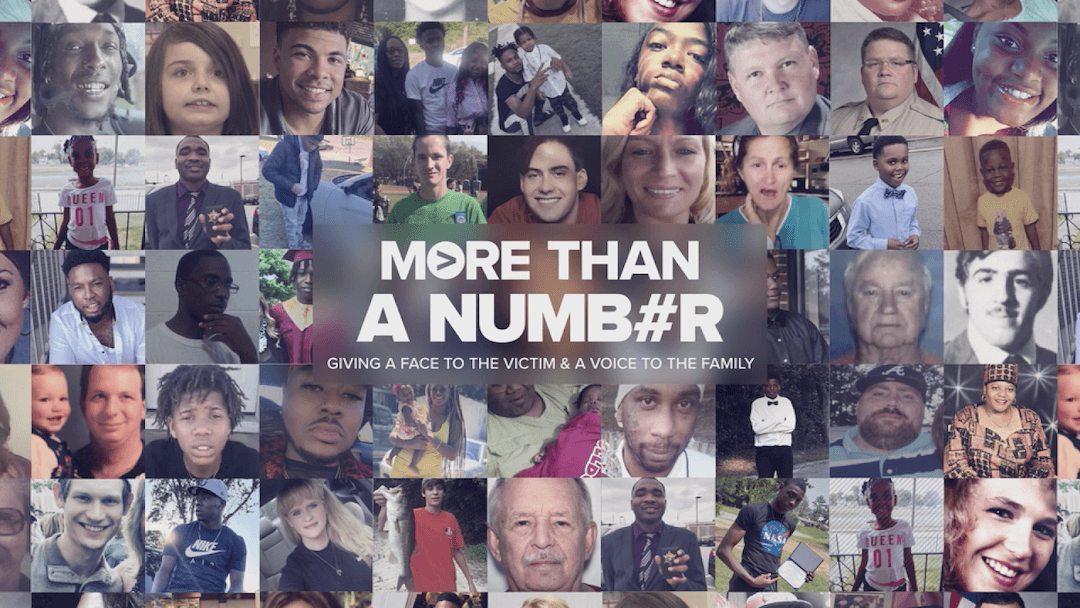Variant-driven COVID-19 cases are increasing and a few U.S. schools and businesses have temporarily reinstated mask mandates to mitigate the virus’s spread.
Now, some are sounding the alarm that more severe restrictions are on the horizon.
“They’re gonna bring back draconian lockdowns. They’re gonna bring back the tortuous mask mandates in schools,” one person said in an Aug. 21 TikTok video. “They’re gonna bring back the injection mandates. They’re gonna close down churches, they’re gonna close down small businesses.”
Another TikTok video, shared Aug. 30, claimed, “If we let this lockdown happen, it’s gonna be permanent.”
Posts warning about the return of COVID-19 “lockdowns” and mask mandates are trending widely on social media, including TikTok, Facebook, Instagram and X, formerly Twitter.
We’ve seen these claims repeated by conservative commentators and politicians, including InfoWars founder and conspiracy theorist Alex Jones, former President Donald Trump, Fox News host Laura Ingraham and Florida Gov. Ron DeSantis.
But public health experts say it’s highly unlikely the U.S. will reinstitute the nationwide mask mandates and travel restrictions that were common early in the pandemic. That’s partly because there is significantly more widespread immunity today than there was after the virus first emerged.
Experts say return to early pandemic restrictions is highly unlikely
Several public health and health policy experts told PolitiFact that it’s highly unlikely any level of government — local, state or federal — will reinstate broad mask mandates or stay-at-home orders in response to COVID-19.
“We’re just in a very, very different place (now). Those measures were put into place several years ago, before we had a vaccine, before we had any kind of treatments for COVID,” said Marcus Plescia, chief medical officer for the Association of State and Territorial Health Officials.
Immunity to the virus, either through vaccination or prior infection, is drastically higher now than it was at the pandemic’s onset. About 81% of all Americans have received at least one dose of the COVID-19 vaccine, the Centers for Disease Control and Prevention reported in May. And the Food and Drug Administration approved Paxlovid as a treatment for COVID-19.
Returning to early pandemic mandates also wouldn’t be effective given today’s political climate, experts said.
It would be counterproductive from a public health standpoint to recommend or mandate restrictions to daily life that many people would not follow, said William Schaffner, infectious diseases professor at Vanderbilt University Medical Center.
He said he hasn’t seen any sign that public health experts are considering anything that extreme: “I don’t know of anyone who’s even thinking of lockdowns, let alone mentioning them.”
Legal challenges and legislation also have weakened the government’s ability to impose restrictions in response to public health emergencies, experts said. For example, the Supreme Court in January 2022 struck down a Biden administration COVID-19 vaccination and testing mandate for large employers.
“This situation creates uncertainty about the government’s legal authority to impose some of the kinds of orders that were imposed in 2020 and 2021,” said Wendy Parmet, faculty director of the Center for Health Policy and Law at Northeastern University.
Jennifer Piatt, co-director of the Center for Public Health Law & Policy at Arizona State University, said government officials are likely to be reticent to exercise their powers out of fear of political backlash or litigation.
Morris Brown College in Atlanta, Rosemary Hills Elementary School in Silver Spring, Maryland, and Lionsgate, a media and entertainment company in Los Angeles, are among the institutions that have brought back temporary masking as COVID-19 cases have spiked recently. Experts expect these kinds of institutional-level decisions to continue.
The Association of State and Territorial Health Officials “thinks the proper way forward now is that we’re not going to do government mandates, but institutions may choose to make some of those decisions, and that’s going to be on a case-by-case basis,” Plescia said.
States and cities implemented most COVID-19 mandates
Some of these social media posts blame President Joe Biden or the federal government for the supposed impending return of COVID-19 “lockdowns.” But this is misleading on two fronts.
In the context of an epidemic, the dictionary definition of a lockdown is “a temporary condition imposed by governmental authorities … in which most people are required to refrain from or limit activities outside the home involving public contact, such as dining out or attending large gatherings.”
The word “lockdown” has been used more liberally to refer to any pandemic restriction. But Parmet said it’s important to distinguish between lockdowns and mandates.
“They’re not the same thing. In fact, we’ve never really had lockdowns in this country, at least if you compare what happened in China, for example, at the far end of the spectrum,” Parmet said. “It’s very misleading and frankly, it frightens a lot of people to talk about lockdowns.”
What’s more, the stay-at-home orders, restrictions on in-person gatherings, mask mandates and business closures were implemented primarily by states and cities, not the federal government.
“You’re not going to see (the federal government) try to do that because that’s just not something that they do, that’s not in their sphere of power,” Piatt said.
Earlier in the pandemic, the federal government imposed temporary limits on international travel and required masks on airplanes, trains and buses. The White House also issued COVID-19 guidance to states.
What to know about the latest COVID-19 variants
Public health experts largely agree that the U.S. is past the pandemic phase and COVID-19 has become endemic, like the flu.
“It is a virus that is going to be with us in perpetuity,” said Dr. Leana Wen, public health professor at George Washington University.
And as COVID-19 hospitalizations rise, scientists and public health officials are closely monitoring two versions of the omicron variant, EG.5 and and BA.2.86.
EG.5 is linked to the biggest share of reported cases in the U.S. today, accounting for about 22% of cases in September’s first week, the CDC reported.
The subvariant is more highly transmissible because of a mutation that helps it evade the antibodies many people have developed through COVID-19 vaccination or prior infection. But the World Health Organization has not found any changes in disease severity.
BA.2.86 has been detected in a small number of COVID-19 cases in several countries, including the U.S., the CDC reported.
An updated COVID-19 booster vaccine that will target omicron variants is expected to be available this fall.
This fact check was originally published by PolitiFact, which is part of the Poynter Institute. See the sources for this fact check here.







Comments